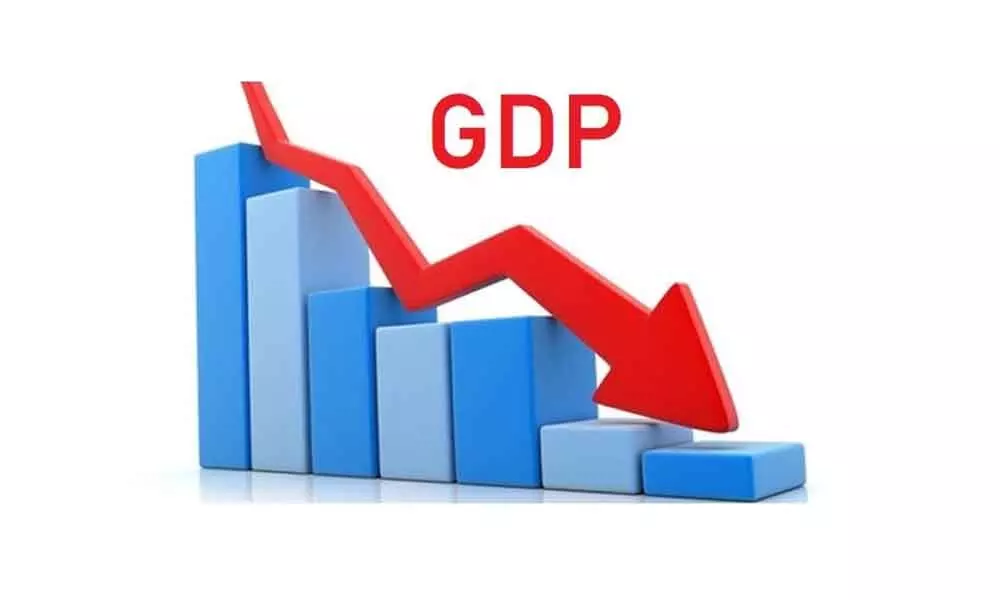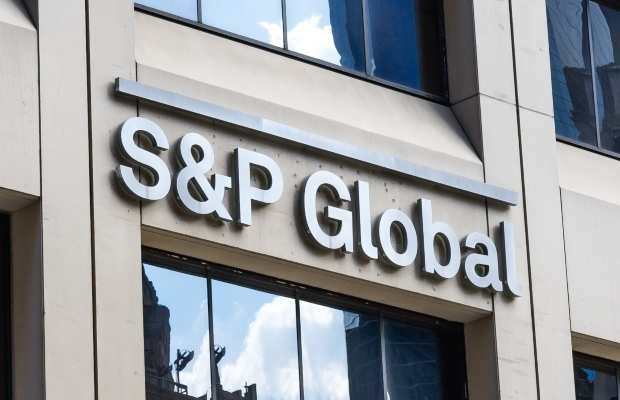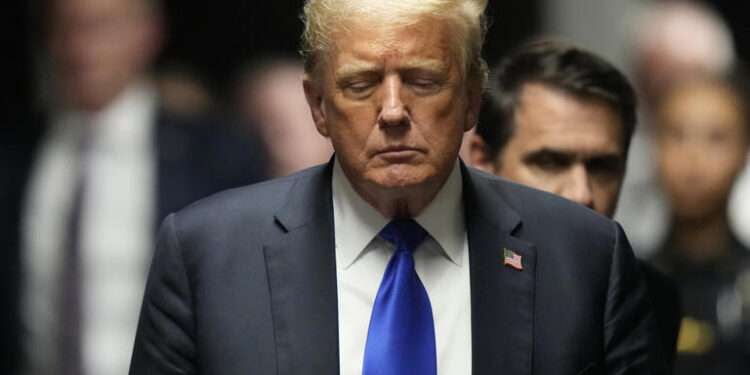Following a track record of successful execution under the Ghana’s Extended Credit Facility (ECF), S&P Global – a leading provider of financial and industry data, research and analytics, has disclosed its intentions to raise Ghana’s long-term local currency rating over the next 12 months. .
According to S&P Global market research assessment of the outlook of the Ghanaian economy, Ghana’s rating could be raised if there is a more pronounced economic recovery, and a strengthening of balance-of-payments performance that supports stronger fiscal and external outcomes, taking pressure off the government’s financing needs and improving debt sustainability.
On the downside risk, S&P Global disclosed that it could lower the local currency rating over the next 12 months if unexpected negative policy developments undermine access to financing from the local market or official sources, or there is a significant delay in International Monetary Fund (IMF) board approval of Ghana’s Extended Credit Facility, which was endorsed at the IMF staff level in December 2022.
“Over the medium term, possible setbacks in ECF execution could hinder access to financing, potentially from other multilateral lending institutions (MLIs), and renegotiation of Paris Club debt. This scenario would likely further damage local investor confidence and could lead to a recourse to central bank financing amid worsening inflation and currency dynamics, putting downward pressure on our long-term local currency rating.”
S&P Global
S&P on February 24, 2023, raised its long- and short-term local currency sovereign credit ratings on Ghana to ‘CCC+/C’ from ‘SD/C’ (selective default).
In addition, it lowered the foreign currency issue ratings to ‘D’ (default) from ‘CC’ on three U.K. law Eurobonds, including those maturing on July 7, 2023; November 2, 2027 and November 2, 2025.
Outlook Reflects Government’s Improved Refinancing Profile
The stable outlook on the long-term local currency rating, as indicated by S&P Global, reflects the government’s improved refinancing profile, and reduced cost of debt as a consequence of its domestic debt rescheduling.
This, it said, is balanced against still-challenging domestic and external liquidity conditions, very high inflation, currency volatility, and uncertainties in connection with ongoing efforts to restructure the sovereign’s external foreign currency debt.
“Our long-term foreign currency rating remains ‘SD’ after the government ceased payments on foreign currency instruments. Ratings at ‘SD’ do not carry an outlook.”
S&P Global
S&P Global Projects A Decline Of Ghana’s Debt to GDP To About 58%
Meanwhile, S&P Global has predicted Ghana’s debt to Gross Domestic Product (GDP) ratio (excluding guaranteed debt) to decline to about 58% of GDP by 2026.

This is from about 80% of GDP at year-end 2022, based on an exchange rate of ¢10.15 to $1 versus current spot exchange rates of about ¢12.86.
According to S&P Global, the projection is based under a scenario of a 30% haircut on external debt and assuming that the dollar value of Ghanaian GDP over the next three years remains close to last year’s figure of $67 billion — calculated at average exchange rates.
This, it said, assumes cumulative fiscal consolidation of the underlying budget (excluding interest payments) of about 3 percentage points of GDP between year-end 2022 and year-end 2026, amid a solid recovery of GDP growth to above 5% starting 2024.
“A stronger exchange rate or even higher GDP growth outcome could push debt to GDP lower (and vice versa). Under scenarios of haircuts closer to 50%, the target of 55% of GDP is more achievable, in our view. All these projections remain highly sensitive to the exchange rate.
“If we use today’s spot rate of GH12.86 to calculate 2022 U.S.-dollar GDP then the starting point for debt is not 80% of GDP, but rather 93% of GDP, and the underlying assumptions on growth, the exchange rate, and the size of the haircut, among others, would have to be more favorable to bring debt down to 55% of GDP by 2028.”
S&P Global
Read more: A Coalition of Individual Bondholders Set To Hold A Meeting With The Finance Minister Today





















